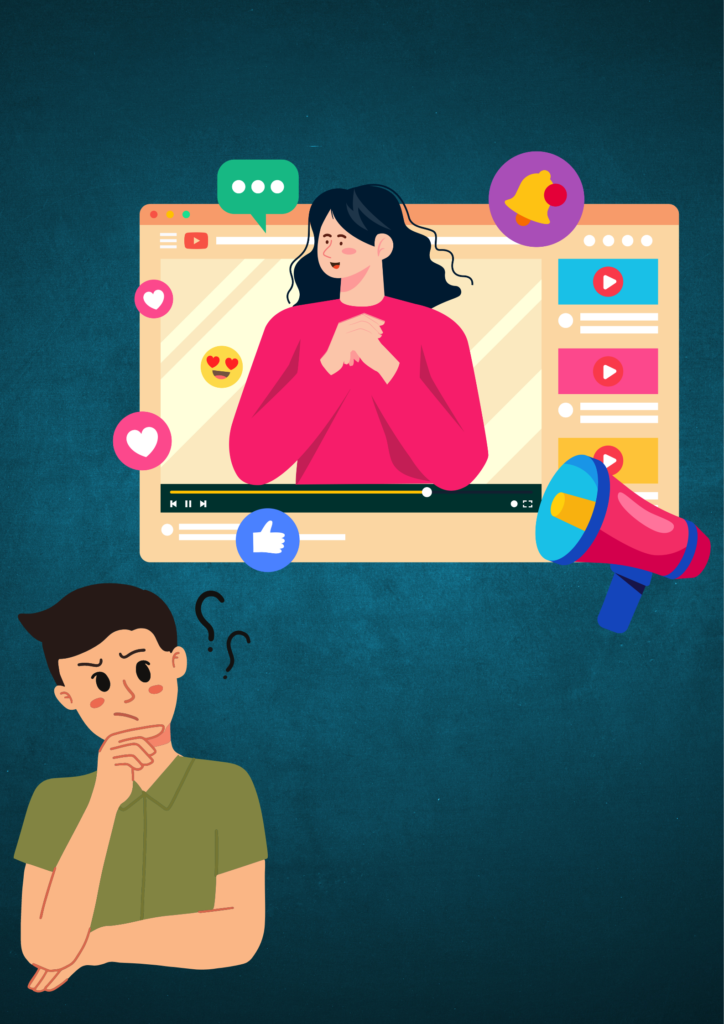The Psychology Behind Viral Trends: Why Do We Follow Them?

In today’s digital age, viral trends have become a ubiquitous part of our daily lives. From dance challenges on TikTok to viral memes on Twitter, these trends capture our attention and often compel us to participate. But what drives this behavior? Understanding the psychology behind viral trends can shed light on why we are so drawn to them. This essay explores the emotional, social, and practical factors that contribute to the allure of viral trends.
In today’s digital age, viral trends have become a ubiquitous part of our daily lives. From dance challenges on TikTok to viral memes on Twitter, these trends capture our attention and often compel us to participate. But what drives this behavior? Understanding the psychology behind viral trends can shed light on why we are so drawn to them. This essay explores the emotional, social, and practical factors that contribute to the allure of viral trends.
Emotional Response
One of the primary reasons people engage with viral content is the emotional response it elicits. According to psychologist Jonah Berger, sharing viral content can act as an emotional release, helping individuals process their feelings. Whether it’s laughter, shock, or amazement, the emotional impact of viral trends makes them highly shareable. This emotional engagement not only makes us feel good but also encourages us to share the content with others, perpetuating the trend.
The Role of Positive Emotions
Positive emotions such as joy, amusement, and inspiration are powerful motivators for sharing content. When a video or meme makes us laugh or feel inspired, we are more likely to share it with our friends and family. This sharing behavior is driven by the desire to spread positive feelings and create a shared emotional experience.
The Impact of Negative Emotions
Interestingly, negative emotions can also drive the spread of viral content. Content that evokes feelings of anger, fear, or sadness can prompt people to share it as a way to raise awareness or seek social support. For example, a shocking news story or a heartbreaking video can go viral as people share it to express their outrage or empathy.
Social Belonging
Humans are inherently social creatures, and the need for social belonging is a powerful motivator. Participating in viral trends allows individuals to feel connected to a larger community. By engaging in these trends, people can gain social acceptance and validation from their peers. This sense of belonging is further amplified by the fear of missing out (FOMO), which drives individuals to stay updated with the latest trends to avoid feeling left out.
The Influence of Social Norms
Social norms play a significant role in the spread of viral trends. When a trend becomes popular, it creates a social expectation that others will participate. This pressure to conform can be particularly strong among younger individuals who are more susceptible to peer influence. By participating in viral trends, individuals signal their adherence to social norms and gain acceptance within their social groups.
The Role of Social Media Platforms
Social media platforms are designed to facilitate social interaction and the spread of content. Features such as likes, shares, and comments create a feedback loop that reinforces participation in viral trends. The algorithms used by these platforms also prioritize trending content, making it more visible and increasing its reach.
Validation and Self-Esteem
Trends often serve as a barometer of social status and acceptance. When people participate in viral trends, they seek validation and a boost in self-esteem. Aligning with popular trends can signal to others that an individual is in tune with current cultural norms, enhancing their social standing. This validation from peers and the broader community can be incredibly fulfilling, reinforcing the desire to continue following trends.
The Quest for Social Approval
Social approval is a fundamental human need, and participating in viral trends can provide a sense of validation. When individuals receive likes, comments, and shares on their posts, it boosts their self-esteem and reinforces their sense of worth. This positive reinforcement encourages continued participation in viral trends.
The Impact on Identity
Engaging in viral trends can also shape an individual’s identity. By aligning with certain trends, individuals can express their values, interests, and personality. This self-expression can help individuals build their personal brand and establish their identity within their social networks.
Information and Discovery
Beyond social and emotional factors, trends also offer practical benefits. They serve as a gateway to new ideas, products, and experiences. By staying attuned to trends, individuals can discover new interests and opportunities that they might not have encountered otherwise. This constant influx of new information keeps people engaged and curious, driving the continuous cycle of trend-following.
The Role of Curiosity
Curiosity is a powerful driver of human behavior. Viral trends often pique our curiosity and prompt us to explore new content. This desire to learn and discover new things keeps individuals engaged with trending content and encourages them to share their findings with others.
The Influence of Innovation
Trends often introduce innovative ideas and products that capture people’s attention. For example, a new technology or fashion trend can quickly gain popularity as people seek to stay ahead of the curve. This drive for innovation and novelty fuels the spread of viral trends and keeps individuals engaged with the latest developments.
The psychology behind viral trends is multifaceted, encompassing emotional, social, and practical elements. From the emotional release and social belonging to validation and discovery, these factors collectively explain why we are so drawn to viral trends. Understanding these underlying motivations can help us navigate the digital landscape more mindfully, recognizing the powerful influence trends have on our behavior. By being aware of these psychological drivers, we can make more informed choices about the content we engage with and share.




















